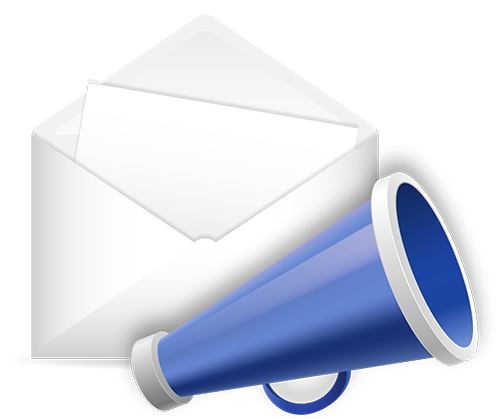
Blog The ESG Dilemma in M&A: A Nuanced View
- Blog
The ESG Dilemma in M&A: A Nuanced View

SHARE:
In the ever-evolving landscape of mergers and acquisitions (M&A), Environmental, Social, and Governance (ESG) considerations have emerged as pivotal factors that influence decision-making processes. From the early pioneers of ESG integration in M&A to the vocal critics, the conversation surrounding ESG’s role continues to unfold.
This article delves deeper into the complexities of ESG within M&A transactions while maintaining a neutral stance, empowering the reader to draw their conclusions.
Early Adopters: The ESG Revolution
The early adopters of ESG in M&A recognized the potential of sustainability, responsible business practices, and ethical governance to drive long-term value. This visionary cohort blazed a trail, incorporating ESG criteria not as an afterthought but as a core aspect of their M&A strategy. Companies such as Unilever and Ben & Jerry’s set a benchmark by aligning their shared values concerning social responsibility, environment, and governance during their merger in 2000.
The success of such deals highlighted the viability of ESG in M&A. Ben & Jerry’s has a well-established history of demonstrating social responsibility, particularly in the realms of environmental and societal initiatives. In 1985, the company committed to donating 7.5% of its pre-tax profits to support various social causes.
In recent times, the “governance” component of Environmental, Social, and Governance (ESG) principles has increasingly become a focal point of discussion within the company’s operations.
ESG’s Expanding Influence: A Shift in Strategy
As the ESG landscape expands, awareness grows, but action sometimes lags. Deloitte’s surveys reveal that nearly 70% of those involved in M&A strategy and deal-making now consider ESG of high strategic importance. However, while there is a growing recognition of ESG’s significance, clarity on how to act on this insight is sometimes lacking. Approximately 43% of respondents include ESG in M&A discussions only occasionally, rarely, or very rarely. Furthermore, 39% still lack clearly defined metrics for evaluating ESG.
Private investors have reaped record value from ESG, with 80 exits by companies in fields like climate tech, clean tech, and impact investing returning $86 billion to investors in 2021. These statistics underline the potential financial gains that can be achieved by integrating ESG effectively into M&A strategies.
Quantifying ESG Impacts in Dollars
ESG impacts are not just abstract concepts; they can be quantified in dollars. Part of the challenge in understanding ESG value and risk lies in translating these issues into financial terms. Some organizations struggle to quantify these values, making it challenging to account for them in valuations and investment strategies.

Shifting Attitudes: ESG as a Value Driver
M&A dealmakers traditionally regarded ESG issues as primarily risks to be avoided rather than favorable deal factors. However, this perspective is presently evolving. In the last decade, some dealmakers have shifted their focus towards opportunities for creating value through ESG. For example, they are investing in the clean energy transition or gaining a competitive advantage through sustainable sourcing. According to a recent study conducted by BCG, ESG-focused dealmaking is gaining momentum. Although green deals, specifically those related to environmental considerations, constitute only approximately 5% of all M&A transactions, this share has experienced a significant increase in the past three years. Companies in the energy and utilities sector and those situated in the Middle East and Asia-Pacific regions exhibit a more substantial presence in green deals.
Green Deals: Premiums and Multiples
Companies engaging in green deals should be aware that these transactions often command a significant price premium. The average acquisition prices for green deals have exceeded the overall market average by approximately 7% over the past three years, with premiums reaching 20% to 30% in some industries. This premium likely reflects not only growing competition for green targets but also these targets’ better underlying growth prospects compared to other companies in their sector.
Almost without exception, green deals have commanded higher multiples than other sector-level deals since 2013. From 2019 through 2021, the average multiple for green deals was 12.1, versus an average multiple of 9.8 for the sector overall—a 24% premium. As more bidders compete for green targets, valuations continue to rise, making green deals an attractive but competitive space for M&A activity.
Staying True to ESG: ESG Enthusiasts
Numerous companies have upheld their commitment to ESG principles, recognizing their intrinsic link to sustainable business practices and long-term value. The understanding of how ESG can mitigate risks, enhance reputation, and open up new opportunities has led to the integration of ESG into the core of M&A strategies.
A prominent example of ESG enthusiasts is the acquisition of SolarCity by Tesla in 2016. Tesla’s CEO, Elon Musk, underscored that the acquisition was in alignment with the company’s mission to accelerate the transition to sustainable energy. Here, ESG was not just a box to tick, but a fundamental aspect of the deal, reflecting the values both companies upheld.

Opposition to ESG: A Different Perspective
Amid the ongoing dialogue surrounding ESG, there remain staunch opponents who argue against its integration in M&A. They assert that ESG considerations can sometimes divert focus from the core economic objectives of M&A transactions, resulting in suboptimal decisions.
Critics also contend that ESG can be weaponized by activist investors, pressuring companies into actions that may not align with the business’s best interests. They argue that ESG can become a tool for short-term gains rather than long-term value creation, sparking concerns about the true motives behind ESG-driven decisions.
Critics and the Call for Change
For all its merits, ESG integration in M&A is not without its skeptics, and they raise valid concerns. Some of the most notable criticisms stem from questions about the consistency of ESG ratings and rankings. Notably, Tesla, a company synonymous with sustainability and clean energy, did not make the S&P 500 ESG list, while certain oil companies did. This glaring inconsistency highlights the ongoing controversy surrounding ESG metrics.
Elon Musk, who has been both an advocate and critic of ESG, has expressed skepticism about the effectiveness of current ESG frameworks, asserting that they can be manipulated and result in unintended consequences. This indicates the urgent need for transparency, consistency, and improved methodologies for assessing ESG performance.
The Need for Evolution: Adapting ESG in M&A
To address the valid concerns raised by critics, many industry leaders advocate for the evolution of ESG frameworks. The emergence of the Task Force on Climate-Related Financial Disclosures (TCFD) represents a move towards standardization in reporting climate-related information. TCFD offers a more structured and comparable approach to assessing climate-related risks and opportunities.
Institutions like BlackRock, the world’s largest asset manager, emphasize the importance of ESG disclosure and alignment with TCFD recommendations. This underscores a growing shift towards more rigorous reporting and transparency standards in ESG, which could address some of the criticisms.

The Path Forward: Balancing Perspectives
As the role of ESG in M&A evolves, companies find themselves at a pivotal juncture. The balancing act involves acknowledging the value of ESG principles in creating sustainable long-term value while also addressing concerns regarding measurement, consistency, and alignment with broader business objectives.
The Importance of ESG disclosure and alignment with frameworks such as TCFD can offer a more structured path forward. Striking a balance between profit-driven strategies and ESG considerations requires a meticulous approach, emphasizing transparency and consistency to drive responsible and sustainable business practices.
Conclusion
The evolution of ESG in M&A represents a journey that encapsulates the transformation of business priorities towards sustainability, social responsibility, and governance. Beginning with early adopters and ESG enthusiasts, progressing to vocal critics, and culminating with statistical evidence of financial gains, the role of ESG in M&A unfolds as a dynamic and multifaceted phenomenon. These narrative invites readers to delve into the intricacies of ESG, forming their viewpoints, acknowledging the obstacles, and recognizing the potential for enhancement within this dynamic landscape. Ultimately, the way forward entails finding a balance that empowers businesses to generate value while simultaneously embracing their social and environmental responsibilities.


Stay up to date with M&A news!
Subscribe to our newsletter


